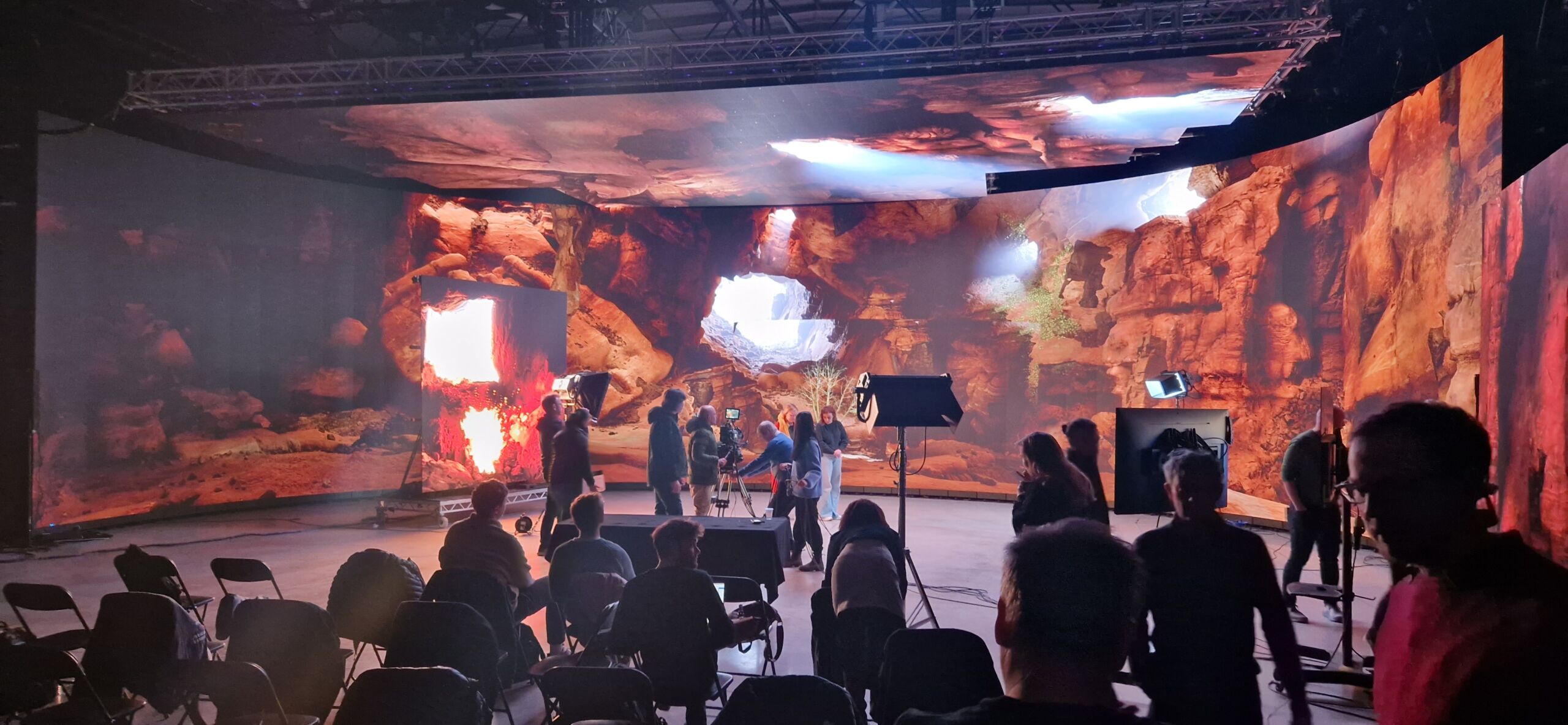How Should You Pitch Your Concept to an Investor?
After a sweaty handshake, the serious suit-clad individuals sit across from you, arms crossed, and say, “Let’s hear it…” Now everything needs to be perfect—the arguments, the answers, and the twinkle in your eye. It might seem like a narrow problem, but more and more of us are nurturing an entrepreneurial spirit, and at some point, you’ll find yourself pitching your idea to a potential partner or investor. So how do you get through those first nerve-wracking 20 minutes? We have extensive experience in this area, both for ourselves and for many clients. Here, we present investor pitching—The Netron Method.
Over the years, Netron Film has produced investor films, explainer videos, and “smashball” videos for entrepreneurs, startups, and growing companies. We’ve created so many “pitch films” that it’s become a distinct genre for us. Here are some reflections on how we approach these types of films—and why it works so well.
Where Do We Start?
The very first thing we tackle is clarifying these three things: What needs to be communicated, to whom, and what exactly do we want to achieve? It sounds simple, but it’s often the most complex part of the entire process. Our job in the first round is to understand the concept and find its core essence. It’s not easy for anyone to try and see themselves from a distance. The next step is to understand who we are speaking to. We need to take some time here—who exactly are we talking to? What do they already know, who influences them, and what makes them take action? Finally, we need to have a clear idea of the desired effect. Should it prompt an active response, provoke thought? Maybe there are specific questions you want to receive—or a follow-up meeting?
The quicker you get past the swamp and to the point, the better. You need a strong opening statement—a way to elicit the questions you want to be asked.
Treatment
Once all this is discussed, we create a treatment. A treatment is a distilled document containing all the key factors and a concrete script proposal. The script is usually structured as follows: Before delving into the subject area, you need to convey why the current solutions are either inadequate—or why there isn’t a solution at all. Then you need to convince the audience that the market is large enough before introducing your specific solution to the problem. Additionally, you must appear credible and convincing that you are the right person to achieve all this. The content must be tailored specifically to the identified target audiences, dictating everything from tone, language, and visual techniques.
There are often many “a-ha” moments in this initial phase. Seeing yourself from the outside is both useful and motivating. Often, you gain a new perspective on your own project after this phase.
Production Phase
The initial phase results in an approved script and a production plan. The narrative techniques we choose can vary. Should it be a live-action film, 3D or 2D animation? Should the concept be shown in detail or simplified to avoid revealing secrets? Should it look like it already exists? There’s a lot to consider here. Generally, we find that abstract services and digital products lend themselves well to animation, where we can use analogies or metaphors to illustrate challenges and solutions. For example, if it’s a physical product or a real estate project, we usually go with film or 3D. Often, it ends up being a combination of several techniques. The story should dictate the technique, which is why it’s important that we can move across the entire spectrum.
With an investor film, we compress the first 20 minutes of that crucial first meeting into 1-2 minutes.
The film isn’t meant to answer all questions. It’s meant to spark curiosity—and new questions. That’s how you start a dialogue—and once you’re in a dialogue, you’re on your way.
Some Examples of Films We’ve Made:
Park Nordic
Park Nordics explainer for their new parking concept. Challenge: Demanding and unengaging service portfolio.
Effect:
The essence of the entire customer journey explained in an engaging and easy-to-understand way in 30 seconds. The goal was to “sell” Park Nordic’s solutions as a problem-solving and flexible parking service.
MedThings
First tranche; a pre-product film aimed at the international pharmaceutical-market, focusing on Asia.
Effect:
“Saves the first—and difficult—20 minutes of the meeting. The first question we often get is something like, ‘Does it beep when it dispenses?’ This makes the sales pitch much easier and faster. Investors see the possibilities themselves.”
Nordic Aquafarms
Investor video for Nordic Aquafarms i forkant av etableringen av et nytt anlegg i Maine USA:
Effect:
Several videos were made for the investor and partner processes. This one has been highlighted as central in the development phase. We continue to work on assignments for Nordic Aquafarms in connection with their growth and investor processes.
Halodi Robotics
Investor video for Halodi Robotics for the latest funding round of 150 million NOK. The latest partnership is with the American security company ADT.
Film 2021:
Film 2020:
Effect:
“Having a functional robotics demo video allowed us to interact with non-technical stakeholders more efficiently. That gave them tangible material that was used as a basis for them to articulate their requirements and user stories. It helped to steer and focus our conversations. And allowed us to close the loop much quicker and deliver value to our customers in an agile sense. The faster we deliver, the more we can learn from our end users, and the more effective and efficient our product development becomes.” Nicholas Nadeau, Ph.D., P.Eng. CTO HALODI Robotics






